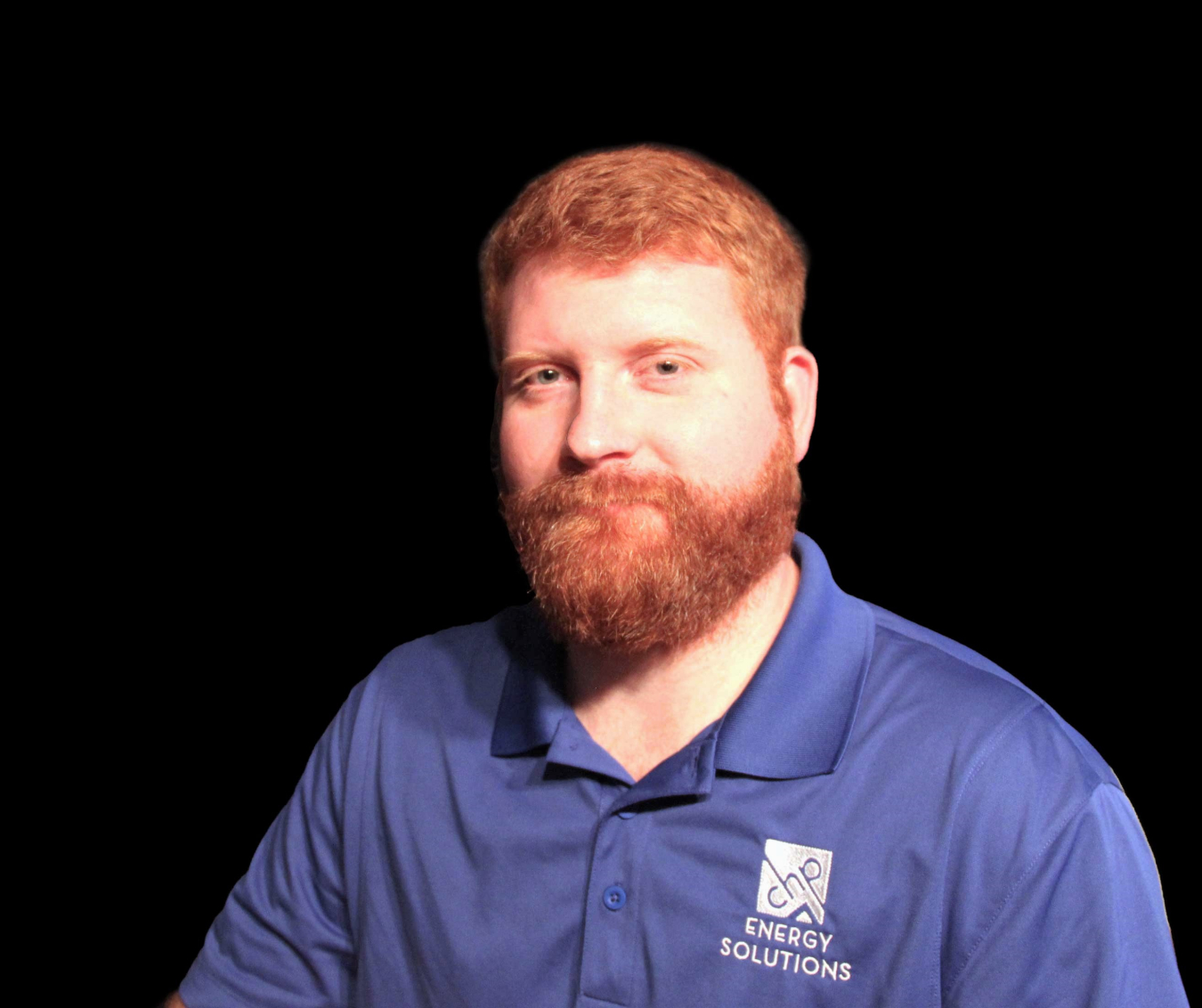Ethan Heslep has been an Energy Auditor with Community Housing Partners (CHP) Energy Solutions for the last eight years.
Office of Critical Minerals and Energy Innovation
February 26, 2018Ethan Heslep has been an Energy Auditor with Community Housing Partners (CHP) Energy Solutions for the last eight years. CHP, a partner of the Energy Department’s Weatherization Assistance Program (WAP) for 40 years, is one of 19 weatherization service providers in Virginia, and one of the first IREC Accredited training providers in the nation. To date, CHP has weatherized more than 2,800 homes since 2017. With the help of an expertly trained staff like Heslep, CHP is making a difference in the lives of homeowners today. We sat down with Heslep recently to find out how and why he does it.
Q: How has technology for measuring home efficiency changed over the years?
Technology has definitely played a significant role in energy auditing. On the forefront, auditors used what is now “dated” building science concepts and only relied on visual inspections. The tools required were paper, pencil, and a clip board. Things have changed. Auditors were also extremely limited to which energy conservation measures they could recommend due to funding availability. Over the years, multiple laboratories such as Oak Ridge National Laboratory and National Renewable Energy Laboratory developed software and standards applicable to energy auditing and building performance. Software programs were developed to guide an energy auditor to predict and prioritize the most cost-effective energy measures in a home. Today, multiple tests are taken and input into the software. These tests can include a blower door, duct blaster, and a combustion appliance zone test.
Ultimately, every home has a story and as an energy auditor, it is our job to find the problems and recommend the best possible solution.

What is the most common upgrade after an inspection?
The most common upgrade we see in homes is air sealing and insulating. Air sealing alone in homes provides a substantial energy usage reduction. But energy savings is best achieved when air sealing is coupled with insulation. It is best to start in the attic due to the greater temperature difference. Attics and walls are commonly found to be uninsulated, and oftentimes existing insulation is not installed correctly. So adding and or correcting insulation can help save energy in homes dramatically.
Q: What is a diverse and creative housing stock?
When it comes to energy auditing, every home is built different. This makes for a new environment every day, which is exciting. We see homes of all sizes, condition, and age. In weatherization, we also come across homes that are beyond the normal work scope of the program. Ultimately, every home has a story and as an energy auditor, it is our job to find the problems and recommend the best possible solution. But in order to do so, we must go in areas of the home that haven’t been entered, likely since the house was built. As an auditor, I can see how far we all have come in building science, technology, and energy conservation. We all have lots of stories but we have not come close to seeing it all.
Q. What are some health and safety risks homeowners should look out for?
Homeowners’ largest risk is not properly maintaining their heating systems. Too often energy auditors find homeowners that do not routinely service their HVAC system. If not properly cleaned and serviced, combustion heating systems can produce high amounts of carbon monoxide and potentially cause harm to the homeowners if not remediated. Homeowners will also store combustible materials too close to wood stoves and other combustion heating appliances. Most heating appliances and venting will have labels on them informing occupants of proper clearances. Other items such as testing smoke and carbon monoxide detectors on a regular basis to ensure they work properly can be a quick and easy way to prevent health and safety hazards.
Q: What has been the most rewarding part of your job?
This is an easy one. The most rewarding part is being able to help struggling low-income families with their energy bills. By the time an energy audit is complete, the homeowner is often very surprised by the results and are excited to see the final outcome and start saving money while feeling safer in their home. Seeing homeowners light up is very rewarding, especially when they understand that more money will be saved to get essentials such as prescription medications and food that they previously could not afford.

